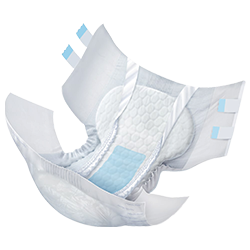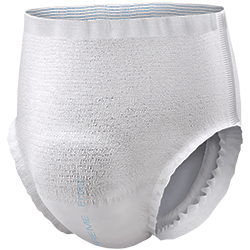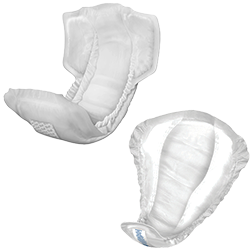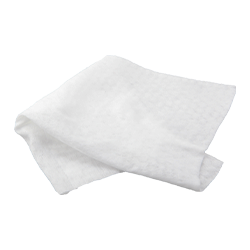Incontinence Product Absorbency: A Guide to the Drop System
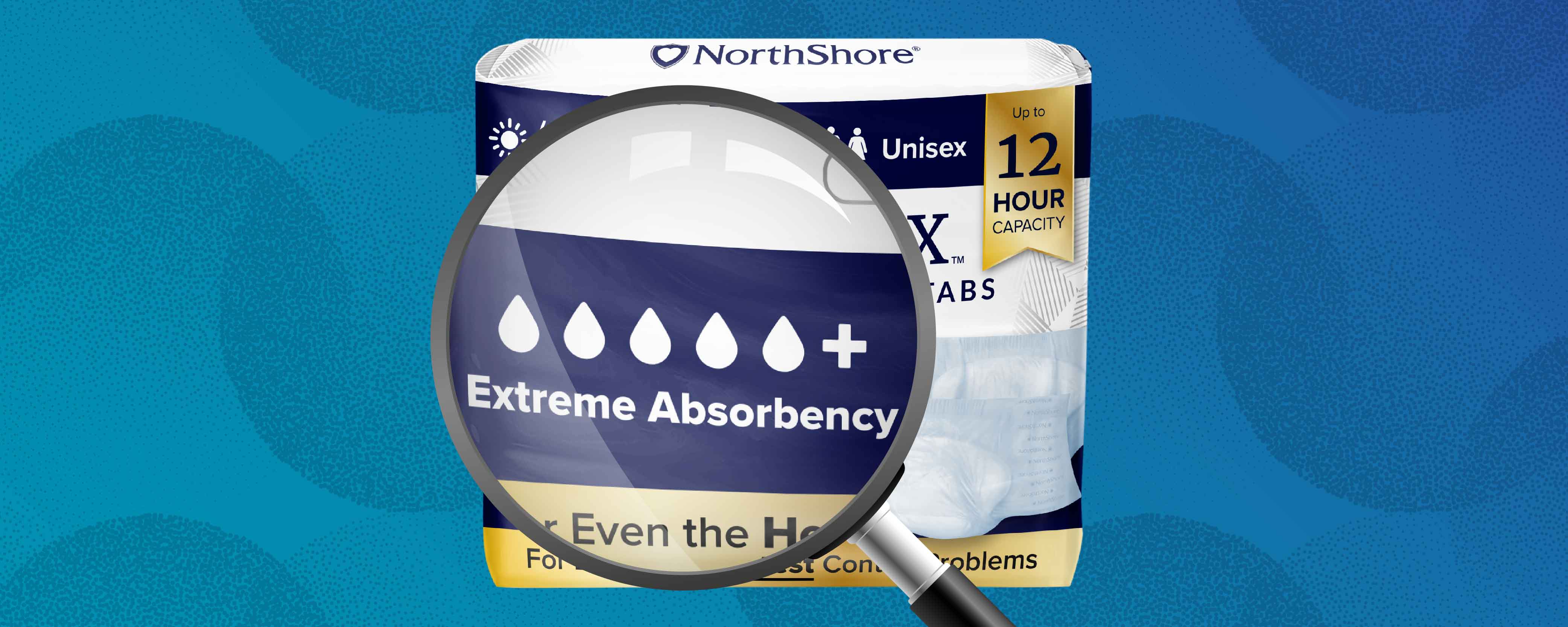
Understanding the Drop System for Incontinence Products
What is the Drop System? The ‘drop’ system is a common method used on incontinence product packaging to indicate absorbency levels. It features a series of water droplets, with each drop representing a specific level of absorbency. However, this system can vary widely between brands, leading to confusion about how much liquid a product can actually hold.
Anyone who has ever shopped for incontinence supplies, particularly absorbency products, is likely very familiar with the “drop” system – that confounding series of water droplets on the front of a package meant to communicate each product’s liquid capacity and absorbency power.
And no matter if you are a seasoned shopper or relatively new to the incontinence protection game, you are also probably very familiar with the shocking inconsistencies that those infuriating little droplets have created throughout the industry. One brand’s heaviest absorbency is less than another brand’s lightest. 12 hours of leak-free protection does not mean 12 hours for everyone. And what in the world is a single drop supposed to equal anyway? A single leak? An hour's worth of leaks? One full void? What if my version of moderate incontinence is another person’s idea of light? And a third person’s heavy?
If you’ve wondered about any of the above questions or felt frustrated at these industry-wide discrepancies, you are not alone. It’s an undisputably confusing system without any trace of standardization in sight. And while we can’t change these facts, we can hopefully help you understand a bit more about what different brand claims actually mean and point you in the direction of something that will work for you.
The sad truth is that most (if not all) standard in-store absorbent products do not serve individuals with heavy incontinence. Even the products labeled with “heavy” in big bold text and promising 8+ hours of protection are still speaking about a scale that caters to those with light to moderate incontinence at most. If you experience heavy incontinence, these products probably won’t work for you. Please know that it is not your fault, you are not doing anything wrong, and it is not hopeless. There are incontinence products available that can help stop the leaks!
What to Look For: Capacities in Incontinence Products
When shopping for the right absorbency products, the first step is identifying your needs. Do you experience light, moderate, or heavy incontinence? Knowing which bucket your symptoms fit into is key to understanding which products work best for you. Occasional dribbles fall in the light category, whereas significant and frequent leakage or full urinary or bowel voids are categorized as heavy. (For more on this topic, check out our recent article.)
Next, it helps to understand what leakage and voiding mean in terms of numbers. Typically, the bladder can store up to ~17 oz. of urine in women and ~24 oz. in men, and most people start to feel the need to urinate when their bladder has between 5 and 8.5 oz. of urine in it.[1] In total, the average person produces 27 to 67 oz. of urine in a day. And while this is a wide range of what is considered “normal,” it helps to put different diaper absorbencies into context.
Specifically, if you are someone who experiences heavy incontinence, frequently leaking the entirety of your bladder, you should think of each full void as consisting of approximately 8 oz. of urine. Additionally, if one assumes steady urine output throughout the day, it would follow that the average person urinates approximately 14 to 34 oz. in a 12 hour span. Both of these numbers should help you select the products that will work best for you and your symptoms.
When comparing capacities, you’ll need to understand the difference between total capacity (also referred to as ISO) and absorbency before leakage. Some brands advertise their total capacity, which is a theoretical maximum number of how much liquid the diaper could hold, but that number rarely holds up in a real-world application. You’ll want to keep an eye out for Absorption before Leakage (ABL) test results also sometimes referred to as Mannequin testing that more closely simulates actual use.
What to Look For: Absorbency Speeds + Core Placement
The next consideration that’s important to think about when choosing an absorbency product is how quickly the product can absorb fluid into its core. For anyone who experiences full bladder gushes, it’s important to prioritize fast-wicking capabilities to avoid leaks. For those with milder incontinence symptoms and only occasional leakage, wicking speeds are less important.
As with capacity, premium online brands typically have much faster-wicking abilities than standard drugstore brands.
Additionally, the placement of the product’s absorbent core is integral to how it will perform in a variety of settings. Diapers intended for overnight use should have a core that extends longer in the front and the back, providing more universal coverage while sleeping. For daytime use, a more consolidated central core placement should be adequate while sitting and standing. However, depending on your or your loved one’s comfort level and preferences, any overnight diaper can be worn during the day for a little extra protection. It can be particularly useful for long stretches of wear and various physical activities.
Made for Heavy Incontinence
At NorthShore, we know how frustrating it can be to see seemingly endless options available in-store for light to moderate incontinence and almost nothing on the shelf that’s suitable for heavy incontinence. And even worse, we understand how infuriating it can feel to find a product labeled with “maximum,” “ultimate,” or “extreme” absorption and have that not be enough.
And that’s why we’ve made it our mission to improve the quality of life for those managing incontinence.
We’ve designed our products to be specially suited for those with heavy incontinence, prioritizing the unique considerations of those who experience frequent and complete voids. Our products are top of the line when it comes to capacity, wicking, odor-elimination, fit, and comfort – everything you or your loved one needs to live life without worry of leaks or constant changing.
Every one of our products is easily comparable to the rest so that our customers can easily see which one might be better suited for different use cases. For example, MegaMax’s 12-hour (42 oz. for size medium) capacity is a great option for sleeping or long stretches without changing, whereas MegaMax AirLock’s focus on breathability is perfect for warmer climates and promoting better skin health.
Finding the right mix of capacity and comfort can take some trial and error. That’s why NorthShore’s product sample program, allows you to try out any of our premium products before purchasing a full pack and figure out which works best for you. Or for a personalized recommendation, our customer care team is happy to help. You can call, email, or chat them.
[1] https://www.ncbi.nlm.nih.gov/books/NBK279384/
*Regardless of capacity, an absorbent product must be changed immediately following a bowel movement.
Customers are Replacing Store Brands with These Favorites
Starting at $8.99
FSA/HSA Eligible
Starting at $13.99
FSA/HSA Eligible
Starting at $3.99
FSA/HSA Eligible
Starting at $2.49
FSA/HSA Eligible
